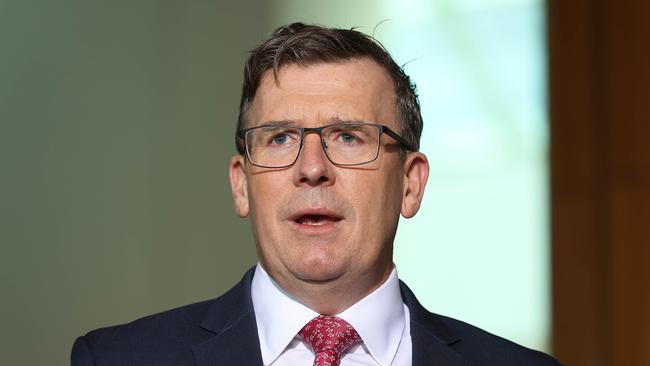Extra cash to aid Indigenous learners
Education initiatives with proven success in boosting literacy outcomes are set to be scaled up and delivered to thousands of Indigenous students in a bid to close the gap.

A promising education program spearheaded by Indigenous leader Noel Pearson will be expanded as part of a $126 million bid to boost outcomes for Aboriginal and Torres Strait Islander students.
Good to Great Schools, which promotes a direct instruction-style of teaching, will receive a further $5m to roll out its pilot program to an additional 10 schools, while literacy provider MultiLit will receive $8m to provide phonics interventions at up to 40 schools with a majority of Indigenous students.
A third initiative, WA’s Kimberley Schools Project, will receive a $10m grant to expand across the state following its success in improving literacy outcomes in regional and remote schools.
Announcing the details of the Closing the Gap Implementation Plan on Thursday, Education Minister Alan Tudge said the government had deliberately focused on programs that had already demonstrated positive impacts on Indigenous students’ outcomes, particularly in reading.
“This additional money is deliberately aimed at scaling up practices that work, such as phonics and explicit instruction,” Mr Tudge said.
“The evidence is there that it does make a difference and so we are confident that thousands of children will improve their learning as a result of this.”
The investment comes amid ongoing concerns about sustained disadvantage experienced by many Indigenous Australians, particularly those living in regional and remote areas.
According to NAPLAN data, Indigenous students are, on average, more than two years behind their non-Indigenous peers in Year 3 and the gap grows over time.
Centre for Independent Studies education policy expert Glenn Fahey welcomed the investments, pointing to his recent research showing that Indigenous children start behind in their schooling, with many never catching up.
“This isn’t simply throwing money at the problem, but asking what works and what needs scaling,” he said. “Programs that work bring together great teaching practices, developing great teachers, and following the evidence.”
Mr Pearson, a lawyer who founded the Cape York Institute for Policy and Leadership, has been advocating for more schools to adopt explicit instruction methods for teaching, telling a CIS event in May that the evidence to its effectiveness had been available for 50 years.
However, many remote, mostly Indigenous schools were missing out on the most effective teaching methods, he said, blaming a culture of “low expectations”.
“The evidence has been well known about what works for children’s reading and numeracy … it’s just that there has been a concerted effort to impede the known and very effective means by which children learn,” he said.
“Aboriginal children are no different … They’re humans: if they’re taught with effective pedagogy they will learn.”



To join the conversation, please log in. Don't have an account? Register
Join the conversation, you are commenting as Logout